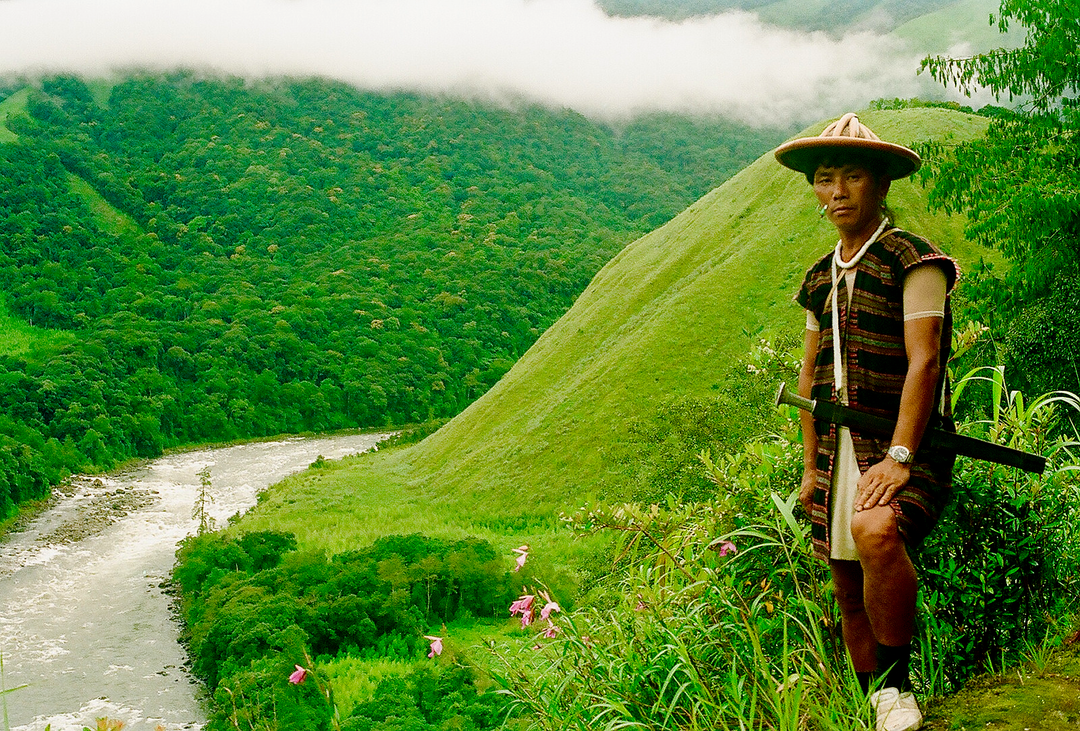IDU MISHI, TIGER BROTHERS
1. Context
National Tiger Conservation Authority (NTCA) said that the Dibang Wildlife Sanctuary in Arunachal Pradesh would soon be notified as a tiger reserve. The announcement has caused disquiet among the area’s Idu Mishmi people, who feel that a tiger reserve would “hinder their access” to the forest

2. About Idu Mishi tribe
- The Idu Mishmi is a sub-tribe of the larger Mishmi group (the other two Mishmi groups are Digaru and Miju) in Arunachal Pradesh and neighbouring Tibet
- Known for their weaving and craftsmanship skills, the Idu Mishmis primarily live in Mishmi Hills, bordering Tibet
- Their ancestral homelands are spread over the districts of Dibang Valley and Lower Dibang Valley as well as parts of Upper Siang and Lohit
- The tribe is estimated to comprise around 12,000 people (as per census 2011), and their language (also called Idu Mishmi) is considered endangered by UNESCO
- Traditionally animists, the tribe has strong ties with the region’s rich flora and fauna
- Animals such as the hoolock gibbons and tigers have deep cultural relations with the Idu Mishmi
- Tigers are especially important to the Idu Mishmis according to Idu mythology, they were born to the same mother, and thus, tigers are their “elder brothers”
- While hunting has traditionally been a way of life, the Idu Mishmis also follow a strict belief system of myths and taboos ‘iyu-ena’ that restrict them from hunting many animals, including a complete prohibition on killing tigers
- Anthropologists and other researchers who have studied the area say that this belief system has led to a unique model of wildlife conservation
- Idu beliefs concerning tigers prevent their widespread and immediate retaliatory killing…it is because of these cultural beliefs that tigers thrive in these areas
3. Dibang Wildlife Sanctuary as a tiger Reserve
- While the Dibang Wildlife Sanctuary a biodiversity hotspot home to rare Mishmi takin, musk deer, goral as well as clouded leopards, snow leopards and tigers was notified in 1998, plans to declare it as a tiger reserve have been afoot for a while now
- In 2012, two tiger cubs were rescued from the Angrim Valley village in Dibang Valley. “Since the rescue, the Dibang Valley district has been witnessing a series of conservation interventions by state and non-state actors,”
- In 2014, the Wildlife Institute of India (WII) in collaboration with NTCA had carried out a survey to determine the presence of tiger population in the area
- Their study based on photographic evidence via camera trapping recorded the presence of tigers in the highest reaches of the Mishmi Hills
- It is primarily based on these findings that a case is being made to declare the sanctuary as a tiger reserve
4. Resistance from the Idu Mishi
- The tribe has been vociferously opposing any move to convert the wildlife sanctuary into a tiger reserve, fearing that the move will “cut off access to their lands”
- Following the announcement, the tribe’s apex body, the Idu Mishmi Cultural and Literary Society (IMCLS), put out a statement saying that while their cultural ethos emphasised on the protection of wildlife, it should not be done at the cost of “lives and livelihoods of local communities”
- In its current form as a wildlife sanctuary, the community’s access to the Dibang forests has not been impacted. But many say a tiger reserve would increasingly restrict access
- An upgrade to a tiger reserve would feature stricter security measures like a ‘Special Tiger Protection Force’, which would be guarding the area at all times. This, the community believes, would cut off access to their forest lands
- More recently, the community has declared part of its forest land as a ‘Community Conserved Area’, or a CCA
- It is a model governed entirely by local populations, where villagers are demarcate a part of their ancestral land as a “biocultural conserved area”, where they ban hunting, felling trees, and implement other conservation measures
- Moreover, members of the community claim that Dibang Wildlife Sanctuary was created without people’s consent or knowledge. “It was unilateral, arbitrary and illegal
- They did not follow the due procedure as mentioned in the provisions of the Wildlife Protection Act, 1972 and the Land Acquisition Act, 1894…many residents whose areas were made part of the sanctuary were not consulted
- In 2015, the community had approached the Gauhati High Court seeking legal re-demarcation of the wildlife sanctuary
- The community also alleges that the WII study about the presence of tigers in the upper reaches of the Mishmi hills, the findings of which were released in 2018, is “misleading”
- Back then, the IMCLS had written to the NTCA saying that the study failed to mention that “photo-captures of tigers at higher altitudes of 3,246 and 3,630 m. occurred outside the sanctuary and in community-owned forests.”
|
For Prelims: Idu mishi, Tiger reserve, Dibang Wildlife Sanctuary
For Mains:
1.Who are the Idu Mishmis, what is their relationship with the forest and why are they resisting the proposed tiger reserve? (250 Words)
|
Previous year Question1. Consider the following statements about Particularly Vulnerable Tribal Groups (PVTGs) in India: (UPSC 2019)
1. PVTGs reside in 18 States and one Union Territory.
2. A stagnant or declining population is one of the criteria for determining PVTG status.
3. There are 95 PVTGs officially notified in the country so far.
4. Irular and Konda Reddi tribes are included in the list of PVTGs.
Which of the statements given above is correct?
A. 1, 2 and 3 B. 2, 3 and 4 C. 1, 2 and 4 D. 1, 3 and 4
Answer: C
|
Source: indianexpress




